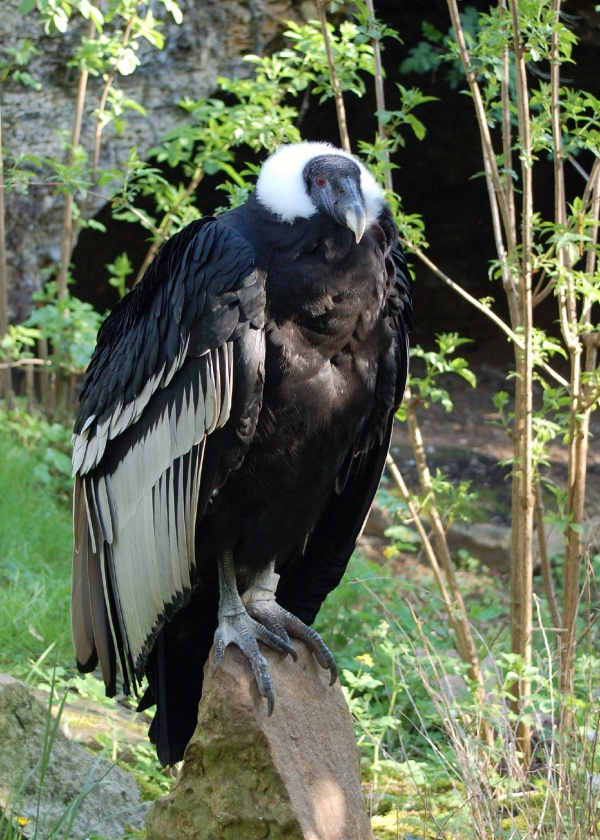Facts About Andean condor
The Andean condor is a majestic bird native to South America, specifically found soaring the skies of the Andes mountains and the nearby Pacific coasts. Known for its remarkable size, it is the largest flying bird in the world when considering both weight and wingspan.
Primarily a scavenger, the Andean condor feeds on carrion and reaches sexual maturity around five or six years old. These birds are known for their impressive lifespan, often living over 70 years. They hold great cultural significance and are national symbols in several South American countries, deeply woven into local folklore and mythology.
In terms of classification, the Andean condor is the sole surviving species in its genus, Vultur. However, its exact relationship with other New World vultures is still somewhat enigmatic. The bird is distinguished by its black plumage and striking white feather ruff, with a wingspan that allows it to glide gracefully through the air.
The condors prefer open landscapes such as grasslands and alpine regions, often at elevations as high as 5,000 meters. They avoid forests, as these can obstruct their view of potential food sources. Social by nature, Andean condors live in well-structured groups. Despite their long lives, they reproduce slowly and face numerous threats, including habitat destruction and human persecution.
Conservationists are working diligently to protect these incredible birds through captive breeding and reintroduction programs. In Andean cultures, the condor symbolizes power and good health, appearing frequently in art, mythology, and various ceremonies. You will also find its image on stamps, coins, banknotes, and even logos of airlines.

 Chile
Chile